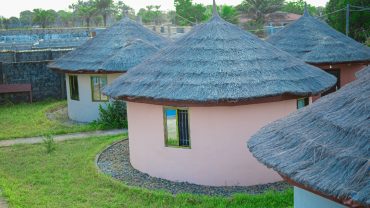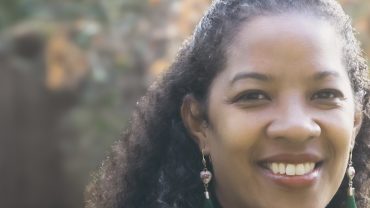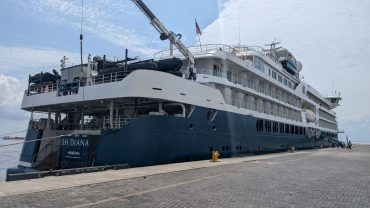Sierra Leone was recently featured on Time Magazine annual’s list of World’s Greatest Places of 2023, therefore these are answers to some frequently asked questions. Below are some important information as you make way to this beautiful country.
1. Visa
You will need a visa to travel to Sierra Leone. Passengers with an ECOWAS passport do not need a visa as they can enter with an ECOWAS passport. Countries on the gratis list need a visa but it is free, check this portal to see if your country is gratis https://slid.gov.sl/visa-on-arrival/. Visa can also be issued upon arrival at the airport or you can apply here http://www.slid.gov.sl/
2. Weather
The rainy season begins in May and lasts until October; the dry season is from November to April. The best time to visit Sierra Leone would be between October to February when the climate is dry. June, July and August are wet, with heavy rains.
3. Safety in Sierra Leone
Sierra Leone is known to be one of the safest country to travel to in Africa. However, there are few tips you should have in mind and follow:
- Take care of your belongings all the time and also pay careful attention to your environment.
- Avoid offending local sensitivities.
- Have comprehensive international insurance as a result of you getting sick or need medical care.
- Always follow local news to stay informed about how the country is doing. This is the best to be up to date.
4. Transport
There are various transport options around Sierra Leone depending on how much you want to spend. Examples are poda poda (buses), keke (tricycle), okada (motorcycle) which are common among locals. Assume you will want to avoid public transports, you can rent a vehicle which can take you around. You can rent one on www.visitsierraleone.org
5. Must Do and See in Sierra Leone
- Peninsula Beaches: Beaches in Sierra Leone are the highlights of the country. Each beach has a character and style of it own, from the colour of it sands and to the quality of it waves. Tmust visit beaches are Number 2 Beach, Tokeh beach, John Obbey beach, Mama Beach and Lakka Beach.
- Bunce Island: this was a slave fort island, that transported more than 50,000 slaves to North Africa and is therefore a very key site for both Sierra Leone and African Americans today.
- Banana Island: Banana is a mix of both history and pleasure. It was a bastion for slave trading and quickly became a well to do spot for colonials and krio families. There are also two resort at the Island which are Dalton and Bafa, that provides food and accommodation, and you can engage in some activities like snorkeling.
- Tacugama Chimpanzee Sanctuary: This is a safe haven for more than 85 primates and also more than 100 bird species in and around this reserve. Check out their website to book a tour https://www.tacugama.com/




Comment (0)